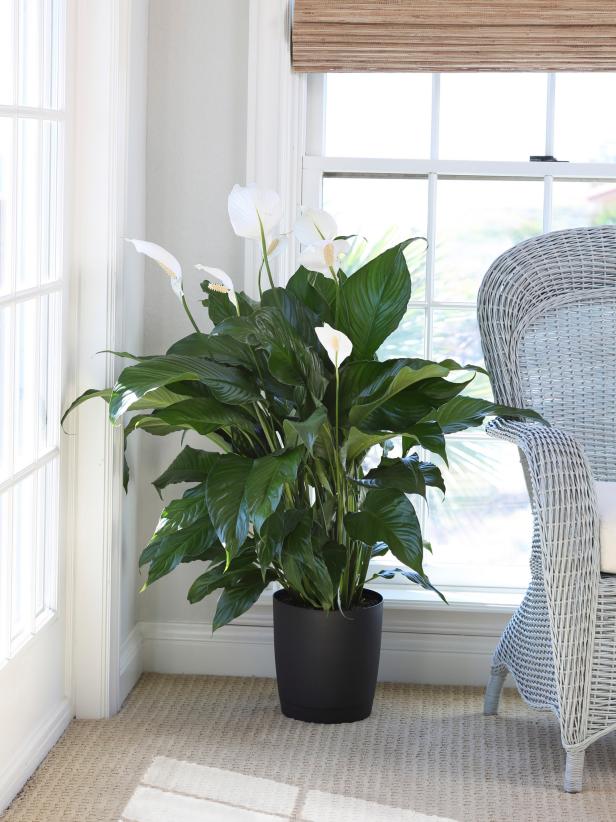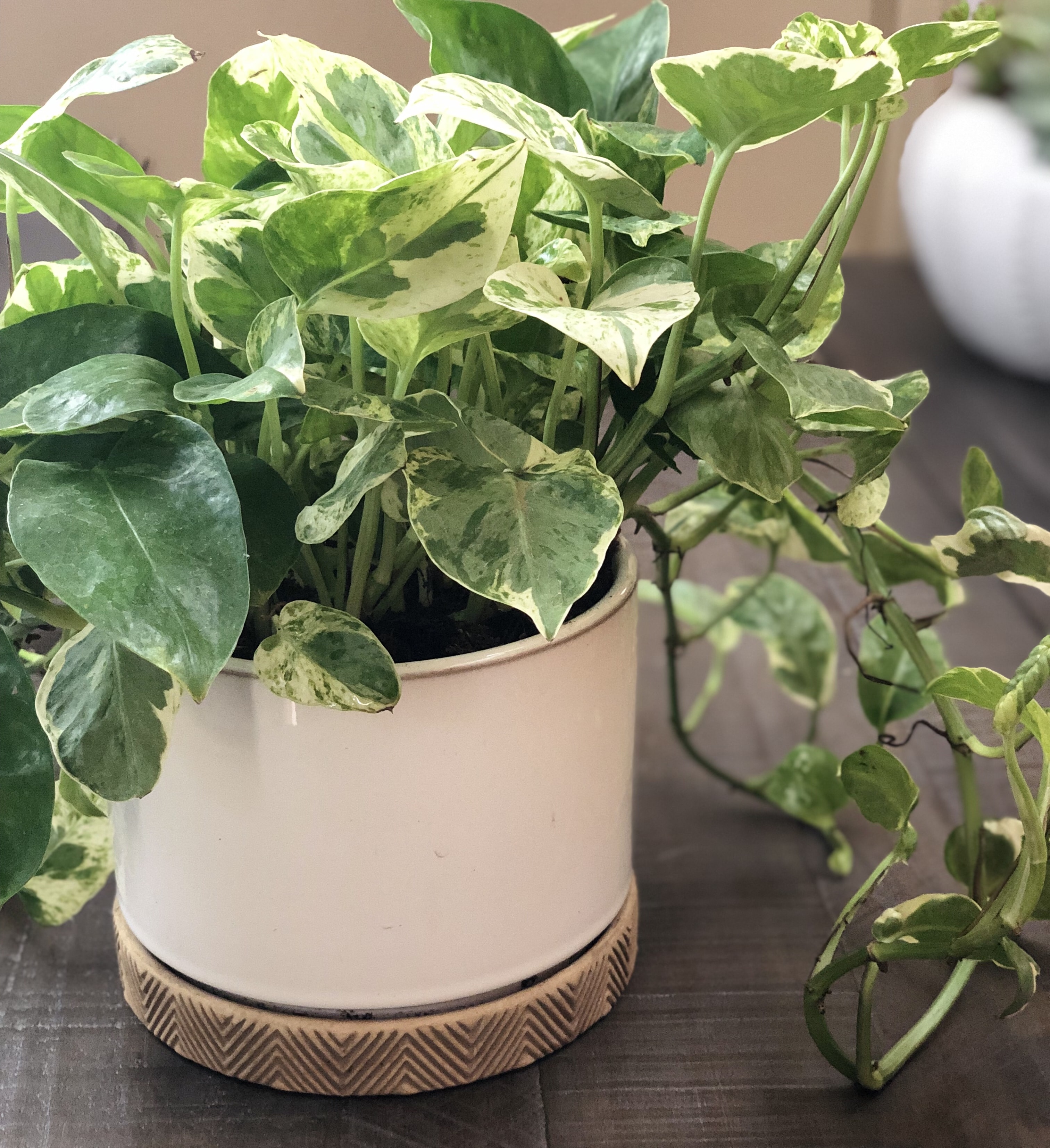How To: Best Indoor Plants for Low Light

Are you tired of watching your indoor plants wither away in the dim corners of your home? Do you find yourself wondering if there are any greens that can thrive in the shadows? Fear not, for we have compiled the ultimate guide to the best indoor plants for low light. Imagine transforming your home into a lush, green sanctuary, even in those hard-to-reach, sun-deprived spots. Let's dive in and discover the perfect low light houseplants that will bring life to your indoor space.
Understanding Low Light Conditions
Before we explore the best indoor plants for low light, it's crucial to understand what low light conditions mean. Low light doesn't imply no light at all; instead, it refers to areas that receive indirect or filtered light. Think of spaces like north-facing windows, rooms with small windows, or areas far from any windows. These spots might seem challenging for plant growth, but with the right choices, you can create a thriving indoor garden.
Top Picks for the Best Indoor Plants for Low Light
Snake Plant (Sansevieria)
The snake plant, also known as mother-in-law's tongue, is a champion among low light houseplants. This hardy plant can tolerate a wide range of conditions, making it one of the easiest indoor plants to care for. Its tall, upright leaves add a striking vertical element to any room. Snake plants are also known for their air-purifying qualities, making them a fantastic choice for improving indoor air quality.
ZZ Plant (Zamioculcas zamiifolia)
The ZZ plant is another low-maintenance gem that thrives in low light conditions. Its glossy, dark green leaves and robust stems make it a visually appealing addition to any space. The ZZ plant is incredibly resilient and can survive periods of drought, making it an excellent choice for forgetful plant parents.
Pothos (Epipremnum aureum)
Pothos, also known as devil's ivy, is a versatile and easy-to-care-for indoor shade plant. Its trailing vines and heart-shaped leaves make it perfect for hanging baskets or training along shelves. Pothos can tolerate a wide range of light conditions, including low light, and is known for its ability to purify the air.
Peace Lily (Spathiphyllum)
The peace lily is a beautiful and elegant indoor plant that can thrive in low light conditions. Its glossy, dark green leaves and white flowers make it a stunning addition to any room. Peace lilies are also known for their air-purifying qualities and are relatively easy to care for, making them a popular choice among indoor gardeners.
Cast Iron Plant (Aspidistra elatior)
The cast iron plant is a true survivor among low light houseplants. This tough plant can tolerate a wide range of conditions, including low light and neglect. Its dark green, strap-like leaves add a touch of elegance to any space. The cast iron plant is an excellent choice for those looking for a low-maintenance, hardy indoor plant.
Caring for Your Low Light Houseplants
Watering
One of the most common mistakes when caring for indoor plants is overwatering. Most low light houseplants prefer well-draining soil and should be watered only when the top inch or two of soil is dry. Overwatering can lead to root rot, which can be fatal for your plants.
Fertilizing
Low light houseplants generally don't require much fertilizer. A balanced, water-soluble fertilizer applied every few months during the growing season (spring and summer) is usually sufficient. Be sure to follow the instructions on the fertilizer package to avoid overfeeding your plants.
Repotting
Most low light houseplants are slow growers and don't require frequent repotting. However, if you notice that your plant is becoming root-bound or its growth has slowed significantly, it might be time to repot. Choose a pot that is only slightly larger than the current one, as too much space can lead to waterlogging and root rot.
Additional Tips for Growing Indoor Shade Plants
Rotate Your Plants
Even low light houseplants need some light to grow. Rotating your plants regularly can help ensure that all sides of the plant receive equal amounts of light, promoting even growth.
Dust Your Plants
Dust can accumulate on the leaves of your indoor plants, blocking their ability to absorb light. Regularly dusting your plants with a soft cloth can help keep them healthy and looking their best.
Be Patient
Low light houseplants tend to grow more slowly than their sun-loving counterparts. Don't be discouraged if your plants don't seem to be growing as quickly as you'd like. With proper care, they will eventually reward you with lush, green foliage.
Conclusion
Transforming your home into a green oasis, even in low light conditions, is entirely possible with the right plant choices. From the resilient snake plant to the elegant peace lily, there are plenty of low light houseplants that can thrive in the dim corners of your home. With proper care and a little patience, you can create a lush, green sanctuary that will bring life and beauty to your indoor space.
So, what are you waiting for? Get started on your indoor gardening journey today and watch as your home transforms into a verdant paradise. Happy planting!
FAQs
What are the best indoor plants for low light? Some of the best indoor plants for low light include the snake plant, ZZ plant, pothos, peace lily, and cast iron plant. These plants are known for their ability to thrive in low light conditions and are relatively easy to care for.
How often should I water my low light houseplants? Most low light houseplants prefer well-draining soil and should be watered only when the top inch or two of soil is dry. Overwatering can lead to root rot, which can be fatal for your plants.
Do low light houseplants need fertilizer? Low light houseplants generally don't require much fertilizer. A balanced, water-soluble fertilizer applied every few months during the growing season (spring and summer) is usually sufficient.
How can I tell if my indoor plant is getting enough light? If your indoor plant is getting enough light, it should have healthy, green foliage and show signs of growth. If the leaves are yellowing, drooping, or falling off, it might not be getting enough light.
What should I do if my low light houseplant isn't growing? If your low light houseplant isn't growing, it could be due to a lack of light, improper watering, or insufficient nutrients. Try moving the plant to a brighter location, adjusting your watering schedule, or applying a balanced fertilizer to encourage growth.


For more information on caring for indoor plants, check out these authoritative resources:
0 Response to "How To: Best Indoor Plants for Low Light"
Post a Comment